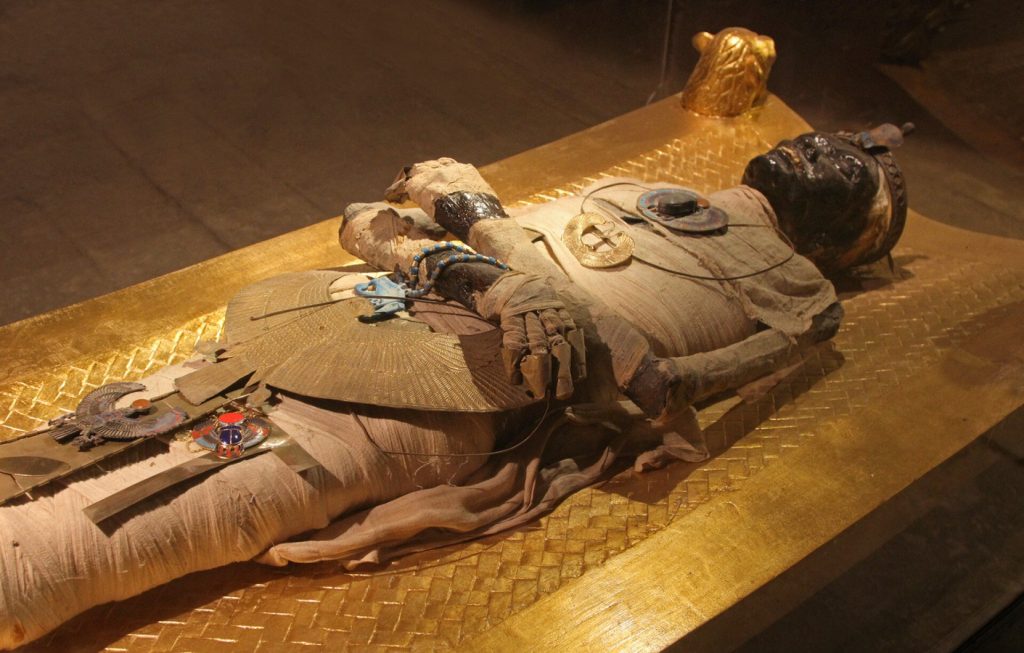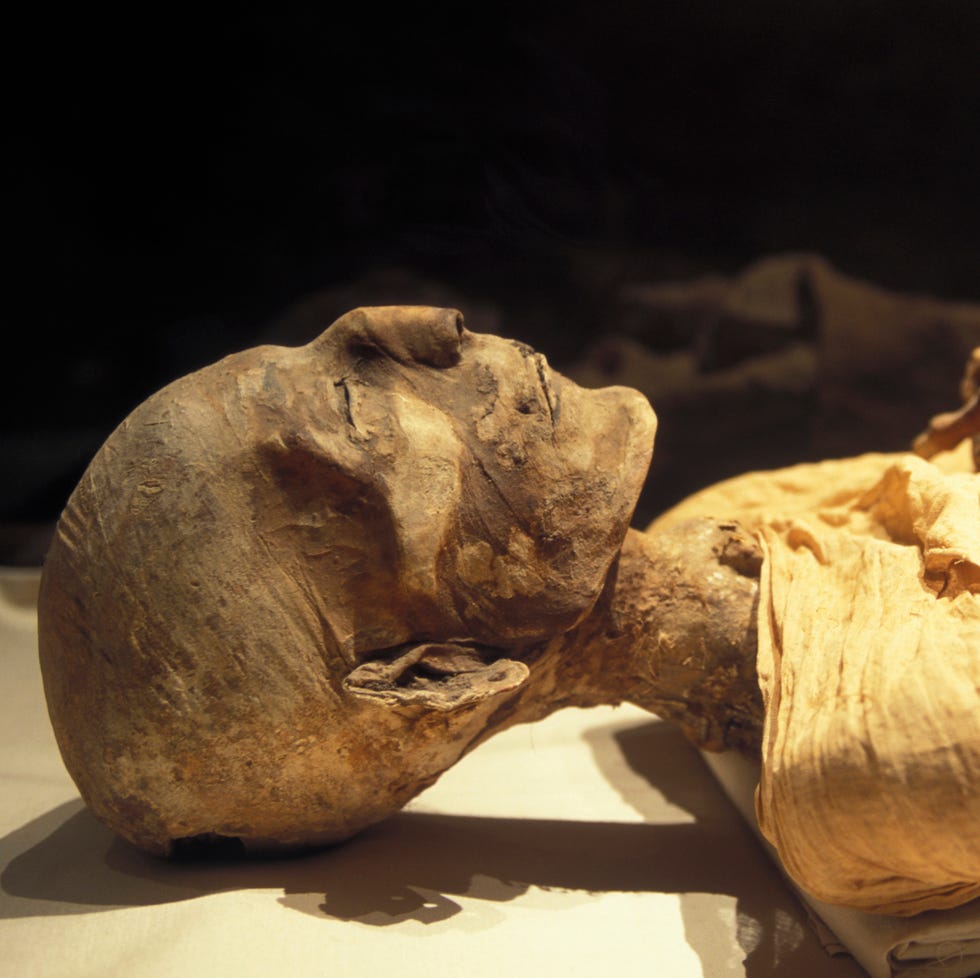Ancient Egyptians believed that preserving a body after death would ensure the soul’s eternal existence in the afterlife but while mummies are undeniably quite fascinating indeed, they have also become synonymous with a foreboding and enigmatic curse.
For centuries, speculation has surrounded the existence of a curse that befalls those who disturb the final resting place of an ancient mummy. However, a recent enlightening report by Big Think unveils a new perspective on this infamous “mummy’s curse.”
The so-called “mummy’s curse” might actually be attributed to a fungus known as Aspergillus flavus. This fungus is commonly found in many tombs and can infiltrate human lungs, resulting in severe health issues or even death.

Notably, an incident in Poland in 1973 claimed the lives of 10 out of 12 visitors to King Casimir IV’s tomb over a span of a few months, due to exposure to Aspergillus flavus. Since then, experts have been diligently investigating the potential dangers posed by this fungus in tombs and other ancient burial sites.
In more recent times, experts have voiced concerns regarding the risk of fungal exposure during traveling exhibitions of mummified remains. This year, The Mummies of Guanajuato were put on display in Mexico City, raising apprehension among some experts who feared inadequate precautions to shield the mummies from the viewing public.
Inadequate measures during these events could result in further fungal exposure and potential health hazards. While the notion of a “mummy’s curse” may appear far-fetched, genuine dangers are associated with mummies and ancient burial sites.

To begin with, numerous tombs and burial sites harbor perilous molds and bacteria that can cause severe illnesses or even prove fatal. Consequently, researchers and experts exercise extreme caution when studying ancient artifacts and remain. Additionally, mummies and ancient burial sites pose the risk of exposure to toxic substances.
Different types of ancient cultures found and used many toxic materials such as lead and mercury when burying bodies, and contact with these substances can lead to very serious health consequences. Some researchers even say that the decline of the ancient Egyptian civilization was caused by exposure to lead and other toxins.


